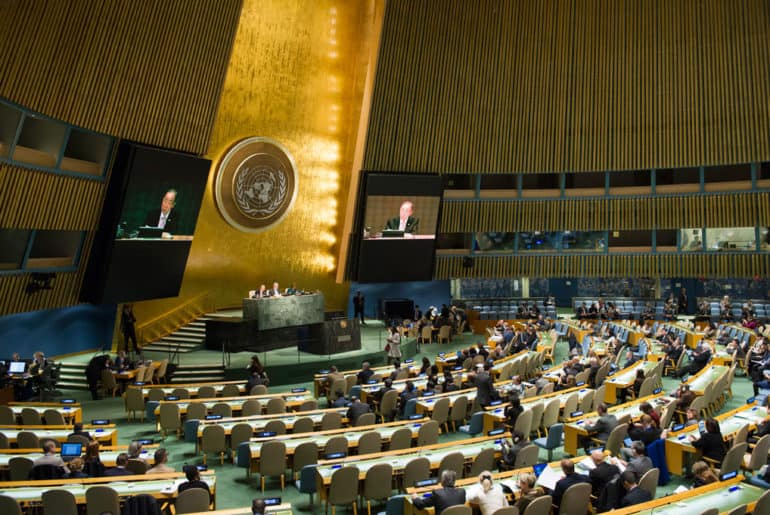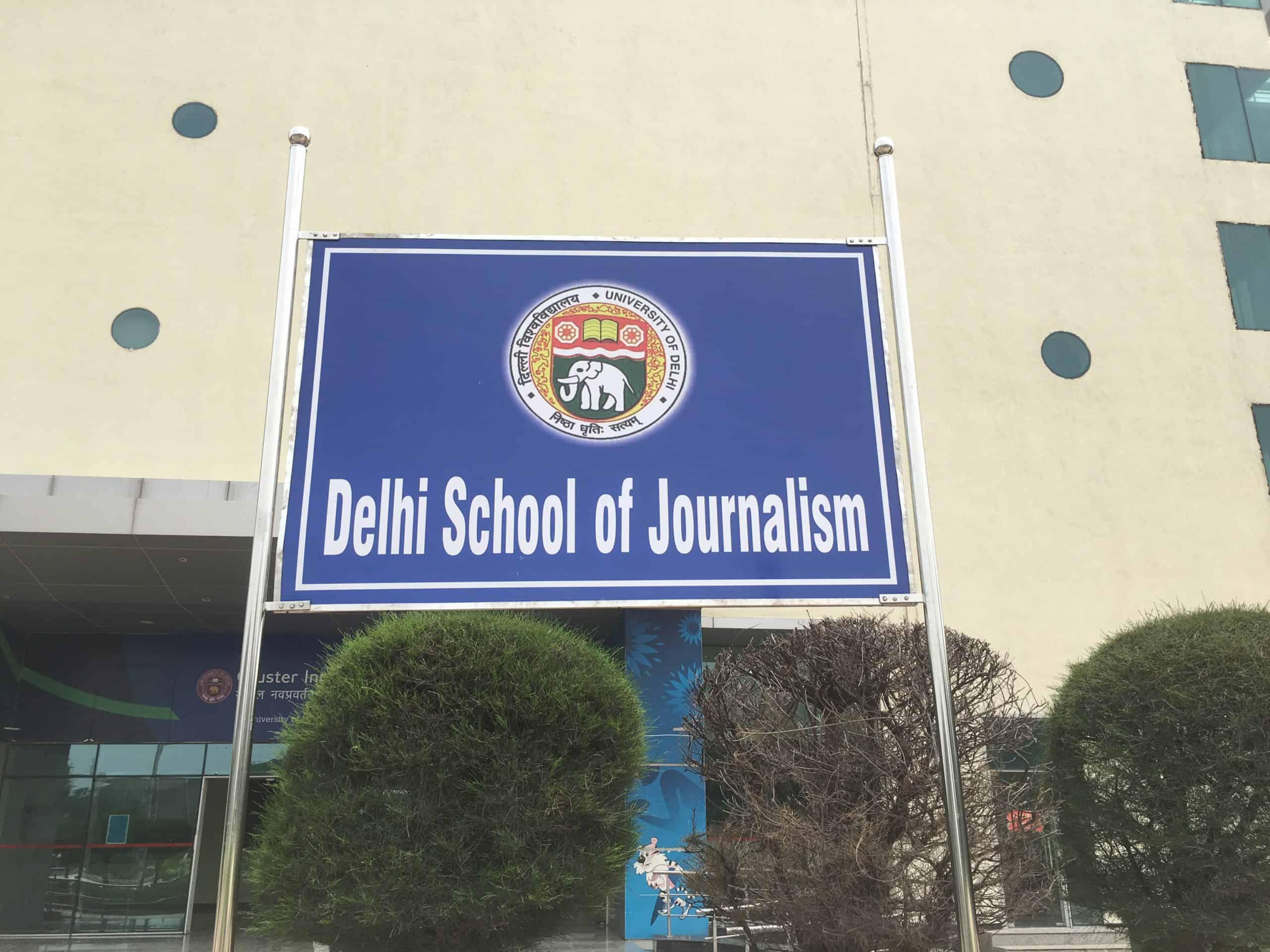The art of debate involves mastering skills of obvious intrinsic value: the confidence to speak in public, the construction of a logical argument; and, perhaps most importantly, the willingness to hear others’ arguments and to respond to them. Model United Nations (MUNs) started off as a simulation of the workings and functioning of the United Nations, which gave young students from school and college the opportunity to discuss complex world issues, understand political conflicts and think of proactive solutions. In status quo, however, it has been reduced to a commercial competition, where students are solely motivated by the big cash prize, rather than looking forward to participate in a constructive debate and increase their knowledge.
When the MUN culture started, students would show up to the committee rooms dressed in loose formal clothes carrying big research binders that contained several printouts or handwritten articles from various charters and reports relevant to the agenda. The debate was constructive and followed a precise pattern, it was more about solving the problem rather than spending most of your speaking time alleging other delegates and creating unnecessary conflict. The awards were decided on the basis of how well a delegate understood the agenda and contributed substantially to the debate rather than a number of times they spoke in a committee. Lobbying in an unmoderated caucus actually meant displaying diplomatic behaviour rather than trying to assert your dominance by shouting. ‘Fake CV’s’ was a concept unknown to the world of MUNs and the participants did not actively look forward to getting a new profile picture after the conference.
The purpose of a MUN conference, ideally, is to research and arrive at a solution through negotiations, deliberations and cohesive decisions. In many cases, it has unfortunately been dumbed down to belittling the ‘opponent’ to bag the cash prize. With an overabundance of MUNs being organised in the circuit, many of bizarre committees and staggeringly high delegate fees in many, it’s a certainty that the culture has seen a significant shift over the past years.
Regardless of anyone’s motive for attending a MUN conference- be it to improve on spoken skills, an upgrade for the C.V, to attend the social events, or to simply get a new Display Picture clicked for Facebook; MUNs have left an indelible first mark on many young debaters. Those who have kept a traditional MUN’s sanctity intact should be lauded, and the ones who strive to indulge in meaningful learning experiences through a dialogue of relevant facts are praiseworthy examples. These conferences have been a stepping stone for a career in diplomacy and International Relations for many young speakers and enthusiastic research-oriented students. It hones speaking skills, encourages political awareness and develops leadership skills, and teaches the art of negotiation to students. Reducing it to just another competition undermines the value of this unique concept, and ensures the money-making part overshadows the learning experience gained. The question of its improvement begs to be a rhetoric, but there are plausible solutions nevertheless. Restricting on ‘socials’ and inviting only the serious candidates can easily be achieved by any organiser. The rest entirely depends on the delegates; their willingness to learn through constructive debating and greater emphasis on research can define newer, better paths for this concept.
Feature Image Credits: United Nations
Bhavya Banerjee
Vijeata Balani


